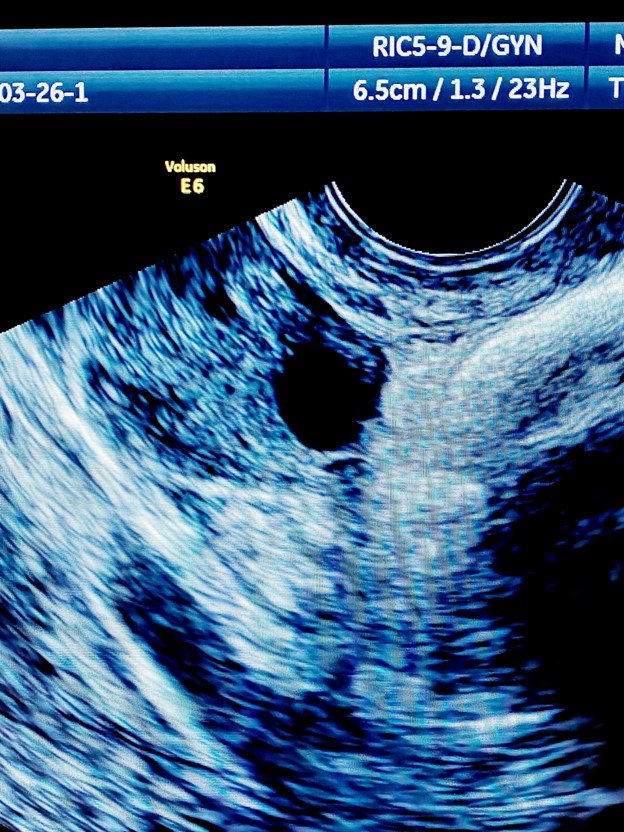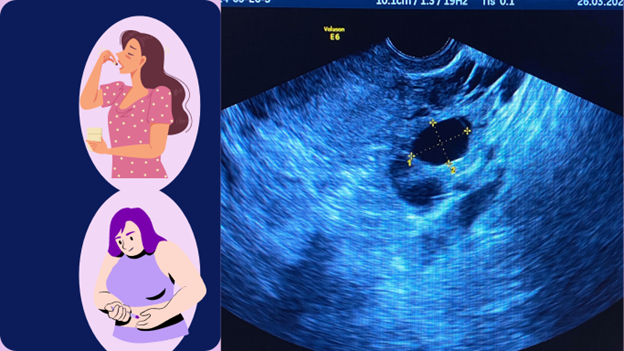


Embarking on the journey of IVF, or in vitro fertilization, introduces a myriad of steps and procedures, each critical to the success of achieving pregnancy. One of the most pivotal stages in this sophisticated process is follicle development. This stage is the cornerstone of IVF, setting the foundation for egg retrieval and eventual fertilization. Understanding the intricacies of follicle development is essential for anyone navigating the IVF pathway. Our aim with this blog post is to provide a detailed, yet accessible, overview of follicle development, demystifying it for hopeful parents.
The Critical Role of Follicle Development in IVF
Follicle development is integral to the IVF process. It involves stimulating the ovaries to produce multiple eggs, increasing the chances of successful fertilization. Unlike the natural menstrual cycle, where typically a single egg is matured and released, IVF aims to harvest several eggs to maximize the success rate of treatment.
Medications: The Catalysts of Follicle Stimulation
The journey begins with specific medications designed to stimulate the ovaries:
Oral Medications: Agents like Clomiphene citrate and Letrozole initiate ovarian stimulation, setting the stage for more robust follicle development.
Injectable Gonadotropins: These include Follicle Stimulating Hormone (FSH) and Luteinizing Hormone (LH), directly stimulating the ovaries to produce multiple follicles.
Personalized Treatment Protocols
IVF treatment is highly personalized, tailored to each individual's unique fertility profile. Factors such as age, hormonal balance, and previous fertility experiences inform the choice between:
Short Protocols: These commence at the early stages of your menstrual cycle and have shown to be as effective as their longer counterparts for many patients.
Long Protocols: Initiated luteal phase of the pevious menstrual cycle, long protocols are selected based on a comprehensive evaluation of your specific fertility scenario.
Monitoring: Ensuring Optimal Follicle Development
Close monitoring through ultrasound scans and blood tests is essential to track follicle growth and hormonal levels. This ensures the stimulation process is progressing effectively, allowing for adjustments in treatment as needed.
The Culmination of Follicle Development
The follicle development phase typically spans 8-12 days, concluding with an HCG injection to trigger ovulation. This sets the stage for the critical egg retrieval process, moving one step closer to the goal of conception.
Conclusion
Follicle development is a critical, complex stage in the IVF process, requiring careful management and personalized care. By understanding this phase, patients can navigate their IVF journey with confidence, informed by knowledge and supported by a team of dedicated professionals. Whether you're just beginning to explore the possibility of IVF or are already in the midst of your treatment, knowing the details of follicle development can empower you to make informed decisions and maintain hope throughout your journey to parenthood.
For those seeking more information or needing personalized guidance, our clinic remains a beacon of hope and support. Our commitment is to provide clarity, expertise, and compassion, helping you navigate the path to achieving your dream of family expansion.

